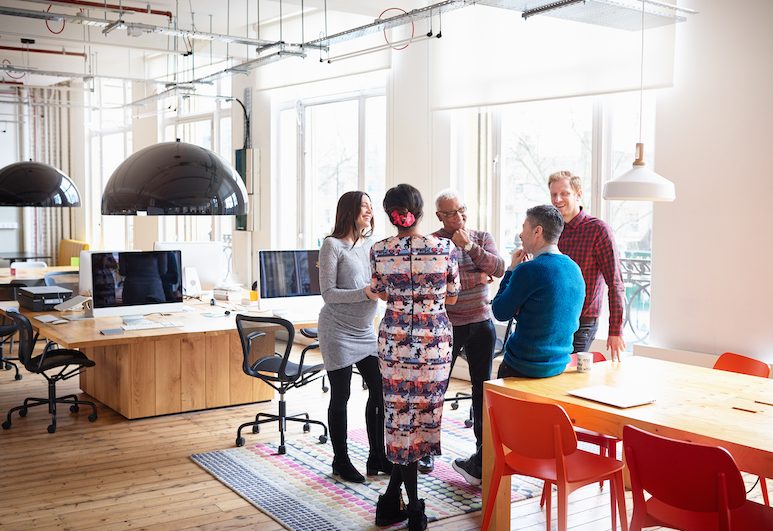23 Oct Managing ambiguity in tomorrow’s business
All over the world, rumours of another economic downturn are beginning to creep into the consciousness of the business. But if there’s one thing we’ve learned in the business community about the global political and socio-economic landscape in the past two years, it’s that stability will not come from our international relations or our local market policymakers.
So, how do we look to stabilise our businesses as leaders? Is it even possible, when complex and uncertain forces conspire to create an atmosphere of such volatility? The simple response, fortunately for us all, is yes.
A year ago, Ricoh partnered with Oxford Economics to research the unrecognised value of the contribution that employees make and could be making to our success. It culminated in a report entitled The Economy of People and some of the outcomes seem somehow more relevant today than ever before.

‘Digital transformation relies on creating workplaces that encourage your people to work in new ways’ says Ricoh’s Phil Keoghan.
The key to the future lies in one area: productivity.
Here in the UK, increased productivity could reshape our economic future, regardless of the outcome of Brexit. We have the potential to unlock £36.8bn in untapped GDP, and to realise it, all organisations need to do is optimise their workplaces.
What do we mean by optimised workplaces? Well, it’s about understanding work styles rather than purely adjusting aesthetics. The environment in which we work should be tailored, designed and developed around its people.
The Economy of People isn’t just a theory. To prove it, this year we produced a practical guide to transitioning into a more evolved workplace. We released a guide separated into three practical steps – bravery, optimism and impact.
- Taking your first steps into a new way of working can be daunting – it’s always easier not to rock the boat. There’s no denying that it takes bravery to give it a try
- In our guide to maintaining optimism, we look at the principle of pre-emptive retreat – when leaders innovate but fail to allow adequate time for their people to adapt to the change, so they abandon it early.
- Finally, in our paper on impact, we explored the tangible results of implementing change for the business
The best possible illustration of this in action I can provide is our very own example. At Ricoh, we’ve focused on creating an environment that enhances collaboration, creativity and productivity to help drive innovation in the way we work. Our approach is people-centric, ensuring the space, process and technology empowers people and unlocks their potential.
The results are clear and measurable. We reduced our office footprint by 50% and all offices have been refurbished to reflect our new ways of working which include spaces to promote the 4Cs: concentration, collaboration, contemplation and communication.
We have made sure it’s easy to find meeting rooms and work zones for those visiting different offices. We implemented agile working, using technologies to enable people to work from anywhere – and this reduced travel by 48,000 hours.
Innovation always requires a catalyst and the shredder at Companies House is filled with the remnants of businesses who’ve failed to change at the right time, or who’ve ignored the signs. Ambiguity or a lack of clarity can be fatal.
To see a pathway to more productive people clearly, all we need to do is stop, listen and learn.



